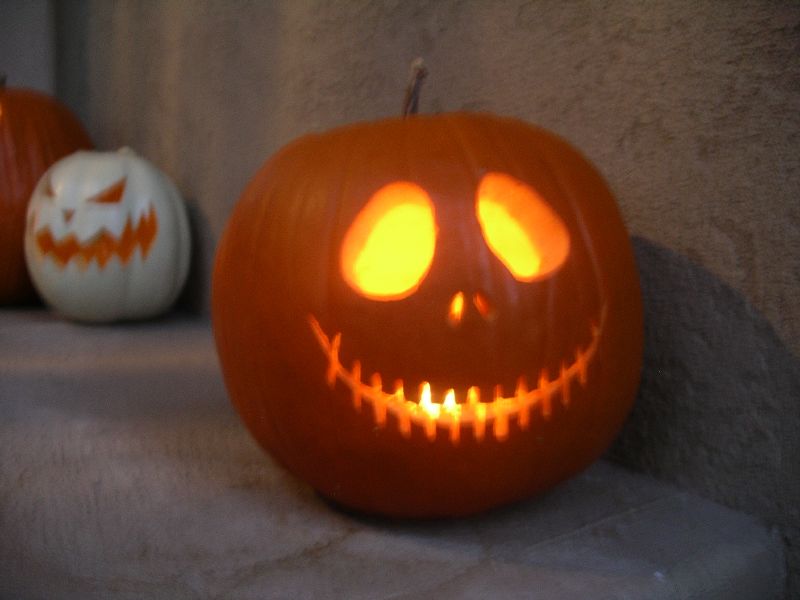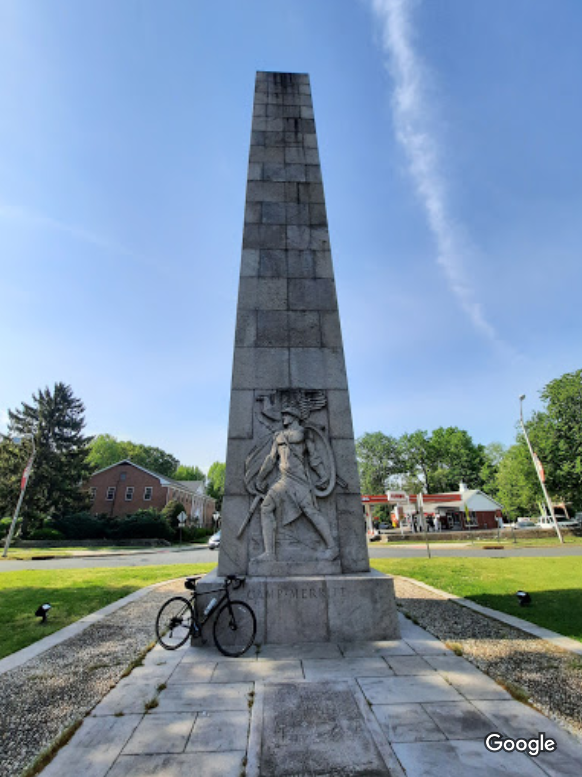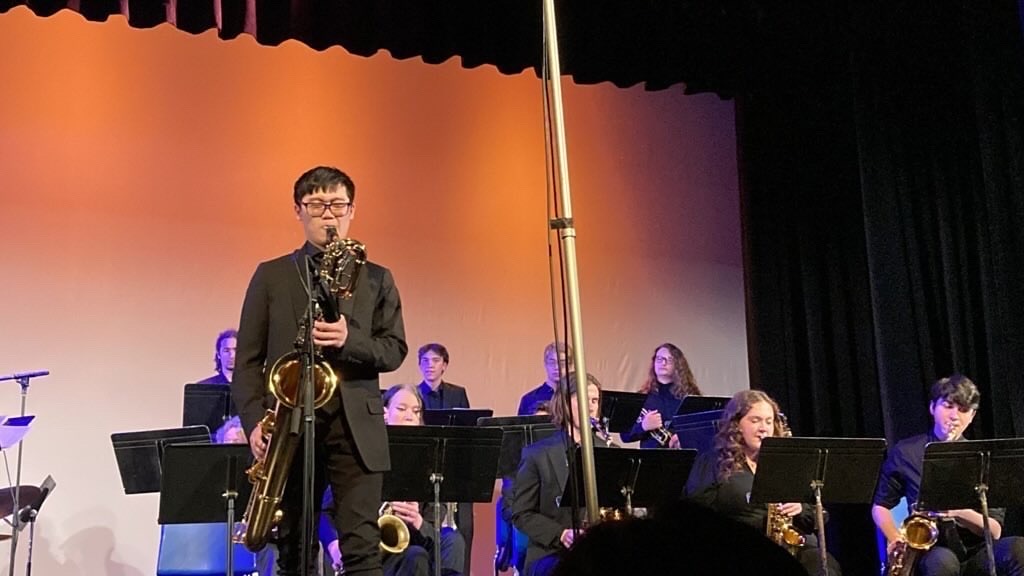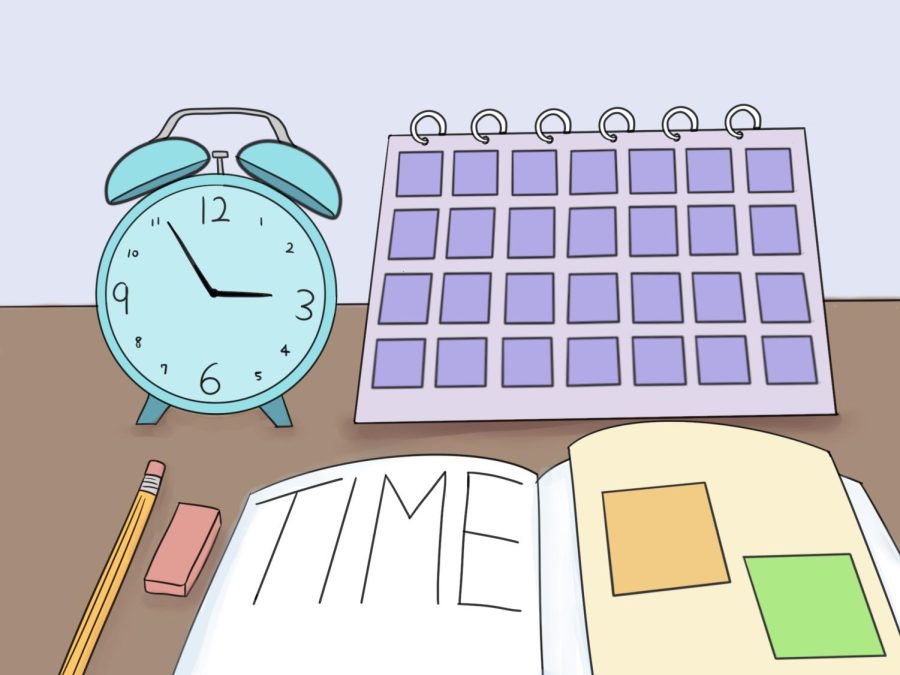Halloween is one of the most popular and enduring holidays, capturing the hearts and interests of millions across the world with its fun and unique traditions. It is among the greatest and most anticipated days in the year. Everyone partakes in making Jack-O-Lanterns, going trick-or-treating, and dressing up in costumes come the occult occasion. These staples of Halloween may seem puzzling on the surface, but digging deeper reveals the origins of these iconic practices.
The roots of the Jack-O-Lantern can be traced back to 1600’s Ireland. Although the first emergence of carved fruits and vegetables involved turnips rather than pumpkins, the spirit of the traditions remains the same. The initial appearance of lit turnips may have begun with a Celtic folktale involving “Stingy Jack”. The story is that a man named Jack tricks the devil on multiple occasions by convincing him to transform, then uses a cross to prevent the devil from turning back. Jack then strikes a deal with the devil saying that he cannot claim Jack’s soul upon his death. When Jack does die, his soul gets rejected from heaven, but cannot go to hell due to his deal with the devil. So he is forced to wander the earth with naught but a lantern to light his way, hence the name, “Jack-O-Lantern.“ This explanation, while more interesting, may not be the actual case. There are many other possible origins for the term, though few agree on which is factual. Either way, the tradition was popular in Ireland and was introduced to America through immigration. Because pumpkins were more bountiful in America, they overtook turnips as the plant of choice for carved lanterns.
Trick or treating, like many other Halloween traditions, finds its origins in the ancient Celtic holiday of Samhain. Similarly to Jack-O-Lanterns, the specifics of its formation are heavily debated. Samhain was a time to celebrate the beginning of the harvest and involved much superstition. One example was the practice of leaving out food for traveling spirits. This may have influenced the modern concept of trick or treating. Another possible option involves the religious holiday of All Souls’ Day practiced in the Middle Ages. On this day, poor children and beggars would receive food and money from neighbors in exchange for prayer. Some secular versions of this day involved performing tricks rather than prayers for rewards. A combination of these ancient practices likely resulted in what we now call trick or treating in the modern day.
Dressing up in costume is another tradition that was influenced by Samhain. People in Scotland celebrating Samhain believed that on the day, there was a closer connection to the spiritual world. They would dress up in costume to disguise themselves to the spirits or to ward them off. Like many other Samhain practices, this was carried over as an aspect of All Saints’ Day as a Christian holiday. These two holidays massively influenced each other, to the point where they are considered the precursors to Halloween as we know it. The name “Halloween” itself derives from the day before those two days. Both Samhain and All Saints’ Day took place on November 1st, with October 31st being “All Hallows Eve”. Almost all beloved Halloween rituals that have come to be associated with the holiday originated from one of these two predecessors and the many Irish immigrants coming to America in the 1900’s, bringing with them the traditions of their ancestors.
With the Halloween season well under way, everyone is getting in the spooky spirit. It is the perfect time of year to learn a little more about this classic holiday and what preceded it. Perhaps this new information can grant you a deeper appreciation next time you find yourself trick or treating in a scary costume.





















